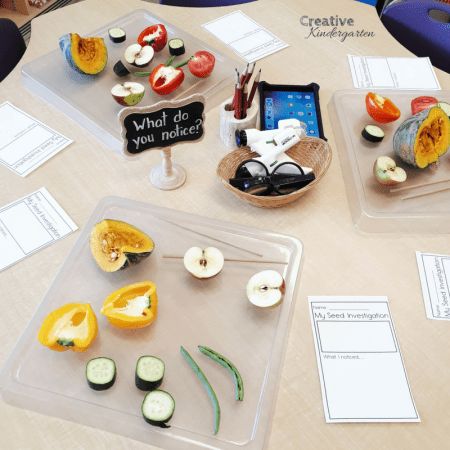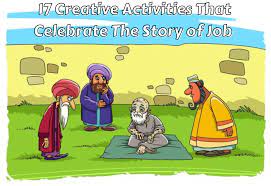1.Heart-shaped Card Making: Provide kids with colorful papers, scissors, glue, and markers to make personalized Valentine’s Day cards.
2.Valentine’s Day Story Time: Select a set of themed books about love and friendship for a cozy read-aloud session.
3.DIY Heart Wreaths: Using paper plates with the center cut out, allow children to decorate their wreaths with tissue paper, stickers or fabric hearts.
4.’I Love You’ Sign Language: Teach children how to say “I Love You” using sign language – it’s a heartfelt and inclusive activity.
5.Heart Relay Race: Set up an exciting relay race where kids balance a heart-shaped object while racing to the finish line.
6.Cookie Decorating Station: Pre-bake heart-shaped cookies and provide various icings and sprinkles for decoration.
7.Love-Themed Pictionary: Adapt the classic game with words and phrases related to Valentine’s Day such as cupid, bow and arrow, or chocolate.
8.Friendship Bracelet Making: With colorful threads and beads, children can make friendship bracelets to exchange.
9.Valentine’s Bingo: Create bingo cards with Valentine’s symbols for a festive twist on the game.
10.Love Bug Crafts: Set up a craft station where kids can create cute love bugs using pom-poms, pipe cleaners, and googly eyes.
11.Cupid’s Arrow Toss: Design a fun game where children try to toss arrow-shaped bean bags into heart targets.
12.Chocolate Fondue Fun: Offer an array of fruits and treats that kids can dip into melted chocolate for a sweet activity.
13.Heart Hunt: Hide paper hearts around the room for the kids to find, turning it into a fun treasure hunt.
14.Valentine’s Day Mad Libs: Create themed Mad Libs stories that will induce laughter and creativity among the kids.
15.Musical Hearts: Like musical chairs but with hearts on the floor that kids must find when the music stops.
16.Bubble Wrap Heart Stamping: Recycle bubble wrap by using it as a stamp dipped in paint for creating unique artwork.
17.’Things I Love’ Jar: Each child lists things they love on slips of paper and fills their jar – great for conversation starters!
18.Pink and Red Science Experiments: Try simple science experiments like making slime or volcano eruptions with festive colors.
19.Love Letters Time Capsule: Have each child write a letter to themselves about what they love now to open in the future.
20.Valentine’s Dance Party: End the day with a dance party where kids can shake it out to their favorite love-themed tunes!









